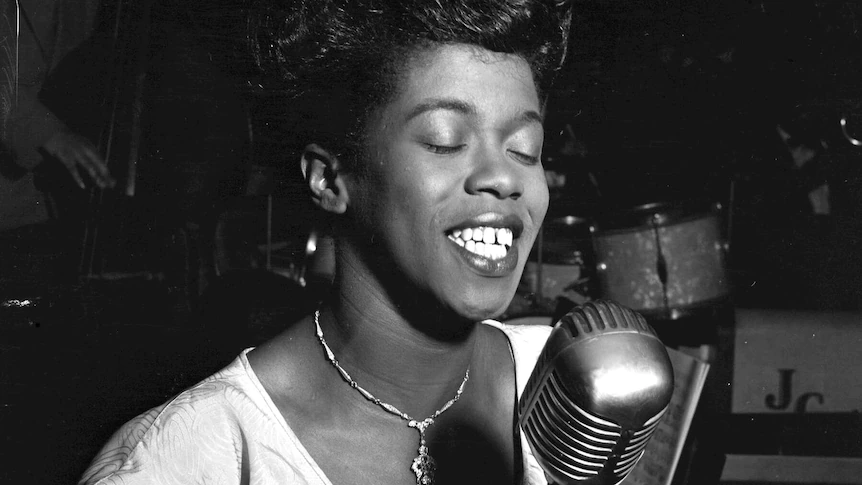
at 11 Feb 2023, 5:00 PM – Three of a Kind. Twice Duke Ellington and twice John Coltrane. In addition, Art Tatum, Sarah Vaughan and Chet Baker, among others, in their interpretations of three standards. A guarantee certificate for maximum variety.
In a Sentimental Mood
In 1935 this composition by Duke Ellington was recorded by his orchestra. The piece soon became a standard. On the album Duke Ellington & John Coltrane (1963) the composer is sitting at the piano in a quartet line-up – John Coltrane is the saxophonist. Coltrane is best known as a sturdy, if not aggressive wind player, who from bebop ended up in increasingly complex forms and styles, with free jazz as the final destination. But he certainly had a ‘romantic’ side, which was mainly expressed in slow pieces, ballads. Ellington’s intro is a repetitive rhythmic motif held in the A sections of the AABA form – a motif that does not appear in the original orchestral version. A new light on his own music. This figure is only answered by Coltrane at the end of the piece, when the theme is resumed.
Pianist Art Tatum does not like silence. Every breather resp. ‘rest’ in the music, will be filled. (Pianist Keith Jarrett thinks he plays too many notes.) Fortunately, it does so in a highly musical and inevitably fascinating way. And in all those swirling strings of notes he also manages to preserve a ‘sentimental mood’. He takes 6 minutes for his solo piece – Coltrane & Ellington finished after more than 4 minutes – in which complexity and virtuosity are slowly increased. At the end comes a ‘bouncer’. Do you recognize the quote at 4’14”?
Tenor sax David Murray and pianist McCoy Tyner take over ten minutes for their duo story with the same thematic premise. The boundaries of ‘sentimental mood’ are considerably exceeded here and there. Who cares… No bass, no drums, just sax and piano. That also works.
Lullaby of Birdland
Pianist George Shearing composed the piece in five minutes. He recorded it a number of times in various formations: duos, with vocalists, quintets and big bands. Singer Sarah Vaughan (photo) recorded it in 1954 with a sextet, including trumpeter Clifford Brown. It became one of her biggest hits, and the album Sarah Vaughan with Clifford Brown (1955) was her favourite. The appreciation for the record has risen to great heights over the years. In the second half of the piece we hear Vaughan scatting, in a four-on-four with the horns. (Scat = sing to sounds without meaning: be-bop, doo-bee, hee-bee, jee-bee.)
Enter vibraphonist Cal Tjader. He has been called the most successful non-Latino Latin musician. Lots of percussion, and a nice arrangement with tempo changes.
And there we have it again: Duke Ellington. Now with his orchestra. Although the title of the album is Piano in the Background (1960), Ellington starts with a nice long piano version of the piece, with only bass and drums. A justified spotlight on his qualities as an improvising instrumentalist. Then it’s the orchestra’s turn.
LushLife
This complex composition by Billy Strayhorn – Duke Ellington’s right-hand man – is performed by Chris Connor, John Coltrane and Chet Baker respectively. A rich and extremely varied hour! Details can be found in the Guide.
Three of a Kind – Bert Broere








